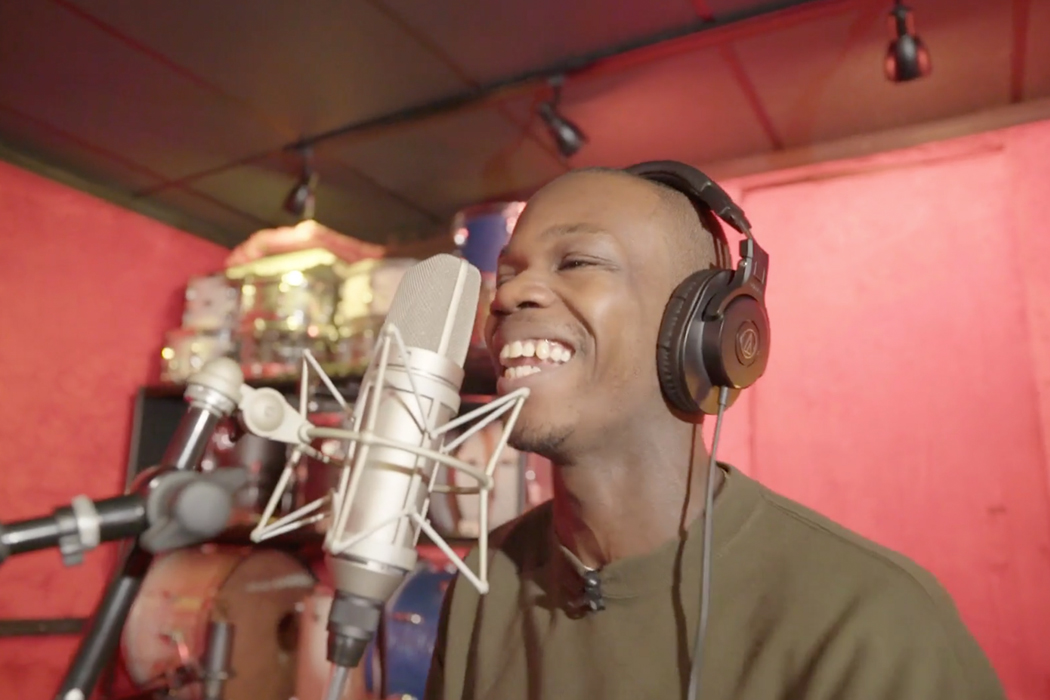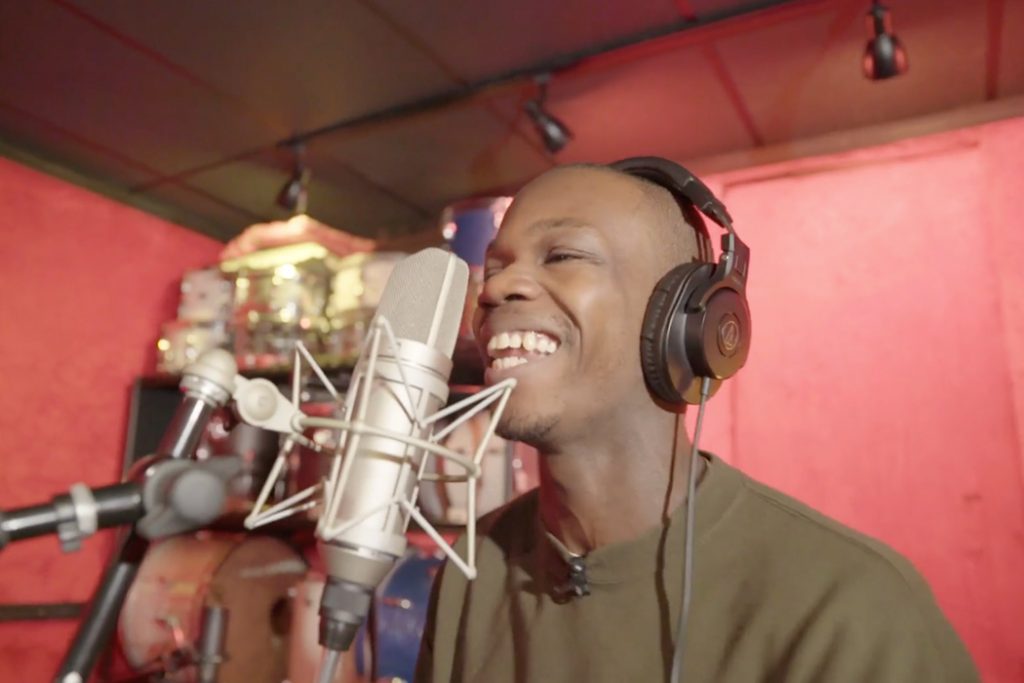
+ This lesson excerpt is taken from Soundfly’s The Art of Hip-Hop Production. To access the rest of this course, plus hundreds of instructional videos and tutorials on beat making, mixing, music theory and more, subscribe here.
Drums, bass, and vocals are the three most critical elements of a good hip-hop mix.
Earlier on in our Art of Hip-Hop Production course, we talk about how to make the drums slam and how to get the bass and kicks to quit fighting and share the low-end. Now, let’s look at some ways to take your vocals to the next level.
EQ
Your lead vocal could sound great, but it might need a little extra love from EQ. A common problem is that vocals can sound super boomy and have way too much low end. A good starting place is to high-pass your vocal to around 120Hz, then listen to see what things are sounding like in context.
Here’s a graphic of some vocal characteristics you might want to accentuate or tame depending on how your raw audio sounds.

Hip-hop vocals should be in your face, so you might need to dial up a couple dBs of high-end. A common problem that comes from boosting high frequencies is that those “S” sounds, known as sibilants, can start to sound like daggers.
If that happens, try reaching for a de-esser. As their name suggests, they help tame sibilants, and the great news is these are found in most DAWs. These function like frequency sniping compressors. You identify the frequency range you want to de-ess, and adjust the threshold to compress when the “S” sound is most obnoxious.

Just be a little conservative with de-essers. If you overdo it, your vocal can start to sound lispy.
Compression
You can get a lot done with EQ, but compression is one of the best ways to get your vocals to have maximum impact. We’ll let you in on one of the top tips from our mixing course instructors, Leon Kelly.
Leon’s worked with acts such as Action Bronson and Run The Jewels. Let’s break down his compressor stacking technique — a great way to utilize a pair of compressors to handle two different functions and help your vocals have serious impact.
After your EQ, add a compressor. The function of this first compressor is to tame peaks. If you think back to how we compress drums, a fast attack helps control the initial impact. We’re looking for pretty much the same thing here.
As a starting place for that first compressor, aim for a ratio of around 4:1, with an attack of around 1 millisecond, and a release of around 20 milliseconds.

The overall goal of this first compressor is just get a more even level.
Now add the second compressor. This second compressor doesn’t have to worry about those jagged edges anymore! The idea here is to do a little squeezing to make the vocal sound really thick.
To accomplish this, we’re going for a long attack of around 120 milliseconds, and a moderate release of around 60 milliseconds. We can also lower our ratio — try 2:1 or 3:1.

Again, compression is one of the most in-depth and subtle topics in the audio world.
If you want to learn a ton more about compression and all things mix-related, check out our course, Faders Up I: Modern Mix Techniques. (If you’re a Soundfly subscriber, hopping between lessons in courses is as easy as clicking a link. No need to sign up or pay to access each course individually.)
To Verb, or Not to Verb
As a general rule of thumb, leave the reverb off your verse vocals. While lots of music utilizes reverb to create space for voices, most modern hip-hop uses little, if any reverb in that way. However, there are definitely occasions when we may want to add some amount of reverb or even delay effects to our lead vocal to emphasize a particular lyrical moment.
One great strategy can be to save the reverb for the chorus section. This can make the vocal sound larger than life and also helps create additional contrast to differentiate the chorus from the verse.
Regardless of whether your final project has a vocal, if you’re working in hip-hop beat making you’re going to need to learn how to make space for the vocals in your tracks, if not understand how to mix and process them.
Preparing a solid mix is one of the last pieces of the puzzle, so continue learning with hundreds more lessons on hip-hop beat making, mixing, DIY home audio production, vocal processing, synths, and much more, with Soundfly’s in-depth online courses, like Beat Making in Ableton Live, Advanced Synths and Patch Design, and The Art of Hip-Hop Production.
Get full access to all our courses when you subscribe.




